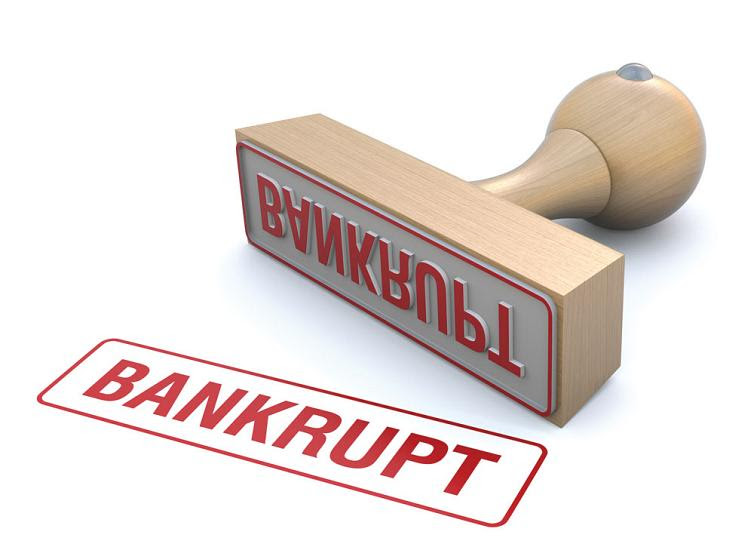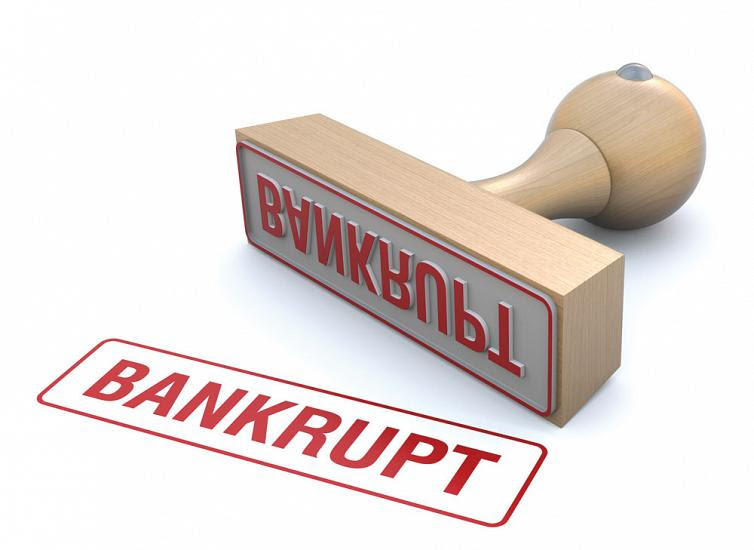
Many different types of insolvency proceedings exist, including receivership, protection under the Companies’ Creditors Arrangement Act (CCAA), and bankruptcy. But, what are they and how are they different?
According to Jeffrey Carhart, partner at the law firm Miller Thomson, perhaps the simplest way to understand the differences is to think about who is “in control” of the insolvent company.
“Generally speaking, the Companies’ Creditors Arrangement Act (CCAA) is the Canadian equivalent of Chapter 11 in the United States. It is a system where the debtor itself can remain in control of its affairs under the supervision of the court and with the benefit of a stay of proceedings,” said Carhart.
However, a unique feature of the Canadian system is that a monitor provides supervision.
“With both receiverships and bankruptcy, the control of the insolvent company has been turned over to a third party, either a receiver, in the case of a receivership, or a trustee in bankruptcy, in the case of a bankruptcy,” said Carhart.
There also is private receivership, in which a receiver is appointed under security. However, today most receivership is processed through the courts. According to Carhart, it’s common for many people and corporations to eventually have to deal with insolvency.
Insolvency Is Commonplace
“I have always said that no matter how perfect you may be as a company, it is almost impossible to avoid being affected by the insolvency process at some stage or another. In my experience, even the strongest companies will, for example, encounter a situation where one of their customers or one of their suppliers gets into trouble,” said Carhart.
So how can a supplier respond to a customer that is going through insolvency?
“Whenever possible a supplier should take security in unpaid inventory or equipment that the supplier is providing to a customer,” he said. “There are rules under the Personal Property Security Act legislation that allow a supplier to take such security relatively easily, and on that basis, ‘slot into first place’ in terms of the specific inventory that it has provided.”









Leave A Comment